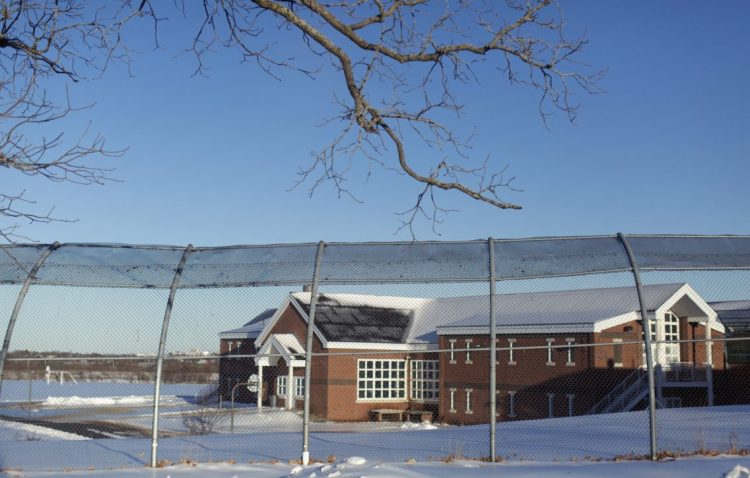‘And with so many young people at Long Creek, with children waiting for critical mental health services, and some even losing their lives to violence in their own homes, it is high time we put children’s health and safety first.”
That’s a quote from Gov. Janet Mills’ inauguration speech Wednesday night, the final example referencing the two deaths that spurred investigations into the state’s child protective system and, ultimately, led to a package of reforms passed late in the last legislative session.
Those reforms will continue under Mills, who as attorney general oversaw the criminal cases that arose from those deaths.
But she should also move quickly to close Long Creek Youth Development Center in South Portland, the state’s only juvenile prison.
Closing Long Creek wouldn’t have a broad impact. But for the small number of kids who would be affected, it could be life-changing.
Most of the kids who end up at Long Creek do so not because they have committed a serious crime or are a danger to the community, but because there is no other place for them to go – nowhere that can deal with their complex behavioral and mental health care needs.
So, at a cost of about $250,000 per year per child, they are incarcerated in a punitive facility that is incapable of dealing with these troubled, vulnerable youths – and it only makes matters worse.
Despite the presence of good staff members, Long Creek is a prison – it is no place for an 11-year-old who has a mental illness or a 16-year-old who acts out, and placing them there alters their path forever. They don’t get the help they need, and told they are criminals, they start to believe it.
“Long Creek is not a treatment facility,” Maine Chief Justice Leigh Saufley said last year. “These kids are in lockdown. It changes who they are, it changes who they think they are.”
Closing Long Creek would just be the final step in a years-long process to improve juvenile justice. At one point last year there were roughly 65 juvenile inmates in Maine, down from more than 300 in 1997 and more than 180 just a few years ago, as more kids who are troubled and in trouble are dealt with in programs that stress education, treatment and restorative justice – and keep them connected to their community.
Mills should direct her administration to identify the small number of truly dangerous inmates at Long Creek and determine what kind of facility that population needs.
The state also should determine what sort of services are necessary to treat the remaining inmates once they are released into the community.
State Rep. Michael Brennan, D-Portland, says he is submitting a bill that would establish a task force to do exactly that.
The new governor has the right people to make such a move. Michael Sauschuck, her nominee to lead the Department of Public Safety, and Randall Liberty, her choice for corrections, both understand what incarceration does to a developing brain, and neither Sauschuck nor Liberty is afraid of reform when it’s necessary.
Closing Long Creek would help only the relatively few Maine children who now end up there. For those children, though, it would make a big difference in their lives – not least by letting them know they are not a lost cause.
Send questions/comments to the editors.



Comments are no longer available on this story